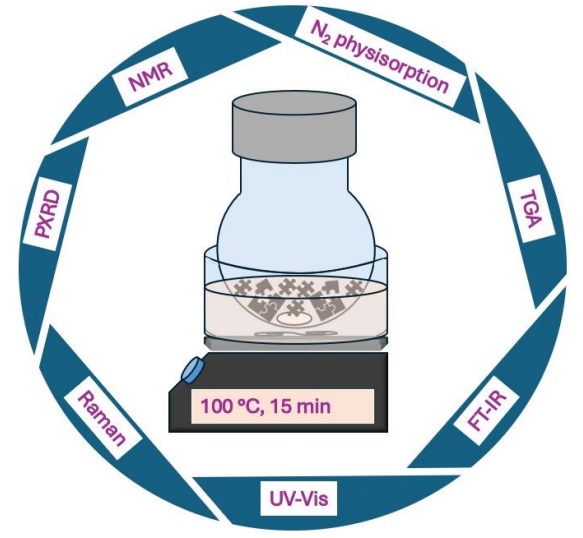RSC Applied Interfaces – Valeria Finelli, Giuseppe Mastronardi, Natale G. Porcaro, Matteo Signorile, Francesca Bonino, Petra Agota Szilagyi and Silvia Bordiga

Ce metal-organic frameworks (MOFs) have recently gained scientific interest, since cerium is the most abundant rare-earth element in the Earth crust, and since their synthesis has some advantages, including first of all its redox activity, the high porosity of these crystalline materials, and cerium cost-effectiveness. In particular, Ce(IV)-based MOFs, such as Ce-UiO-66 and Ce-UiO-67, are synthesised under mild conditions. For most applications, the presence of functional groups in the frameworks is needed: in this context, linkers containing N-functionalities have been highlighted, as they allow for the incorporation of a large variety of metal cations. In order to insert N-functionalities for the sake of successive metal-functionalization of materials as Ce-UiO-67, we have successfully synthesised a mixed-linker version of this MOF, by incorporating 2,2’-bipyridine-5,5’-dicarboxylic acid together with the conventional biphenyl-4,4’-dicarboxylic acid linker; we have worked on a reproducible and up-scalable procedure using benzoic acid modulator, without altering the original framework topology. The mixed-linker Ce-UiO-67 boast with good thermal stability, high Brunauer-Emmett-Teller (BET) SSAs and microporosity. The pristine samples are highly stable if stored in a desiccator, as demonstrated by the preservation of their high crystallinity for at least 18 months.
Click here for the complete article!